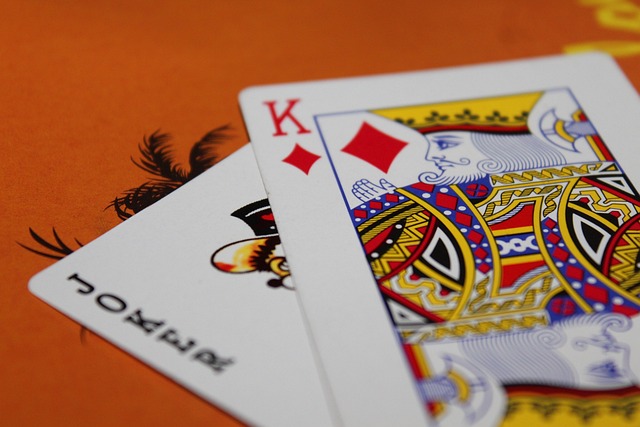The atmosphere of a casino is carefully crafted to provide players with an immersive and thrilling gaming experience, like 22bet Canada. Two critical elements in creating this atmosphere are casino game sounds and lights. These sensory stimuli play a profound role in shaping the player experience, influencing emotions, behavior, and overall engagement. This article delves into the psychology behind casino game sounds and lights, shedding light on how these elements are strategically designed to enhance the gaming environment and create a captivating experience for players.
Creating Immersive Environments:
Casinos are known for their vibrant and energetic atmospheres. Game sounds and lights are essential tools used by casino designers to immerse players in the gaming world. The combination of various sounds, such as the clinking of coins, the spinning of slot reels, and the cheers of winning players, creates an exciting and dynamic ambiance that captivates players.
Reinforcement and Reward:

Sound and light cues in casinos are designed to reinforce positive experiences and rewards. For example, the jingling sound and flashing lights that accompany a jackpot win on a slot machine create a powerful association between the sensory stimuli and the pleasure of winning. These cues encourage players to continue playing in pursuit of that exhilarating reward.
Arousal and Excitement:
The use of lights and sounds in casinos stimulates players’ senses, leading to heightened arousal and excitement. The anticipation of winning, combined with the sensory cues, can trigger a rush of adrenaline, making the gaming experience highly engaging and enjoyable.
Pace and Tempo:
Casino game sounds and lights are carefully timed to match the pace and tempo of the games. In slot machines, for instance, the speed of the spinning reels and the intensity of the sounds increase as players approach potential wins, adding to the thrill of the game.
Mood Enhancement:
The sounds and lights in casinos contribute to mood enhancement. Upbeat and joyful music, combined with colorful and flashing lights, create a positive and festive atmosphere that encourages players to stay longer and enjoy their time in the casino.
Psychological Anchoring:
Casinos use psychological anchoring to influence player behavior. By associating particular sounds and lights with specific emotions, such as excitement or anticipation, players are more likely to associate these emotions with the act of gambling. This can lead to increased playtime and repeat visits to the casino.
Subliminal Messaging:
Subliminal messaging involves presenting stimuli below the threshold of conscious perception, influencing behavior without the player being aware of it. In casinos, subtle changes in lighting or background music can affect players’ moods and decision-making, leading them to gamble more or stay longer.
Attention and Focus:

Game sounds and lights play a role in capturing and maintaining players’ attention and focus. The dynamic and ever-changing sensory environment in a casino prevents players from becoming bored or disengaged, keeping them involved in the gaming process.
Responsible Gaming Considerations:
While game sounds and lights are used to enhance the player experience, there are responsible gaming considerations as well. Casinos must balance the use of sensory stimuli to create an exciting environment while ensuring that they do not encourage excessive gambling or problematic behaviors.
In conclusion, the psychology of casino game sounds and lights reveals the intricacies of casino design and its impact on player experiences. These sensory stimuli are skillfully employed to create immersive environments, evoke emotions, and shape player behavior. By understanding the psychological principles behind these elements, casinos can craft gaming environments that captivate players and provide them with a memorable and enjoyable gaming experience. As players are enticed by the allure of lights and sounds, it is essential to approach gambling responsibly, recognizing the influence these stimuli can have on our emotions and decision-making.